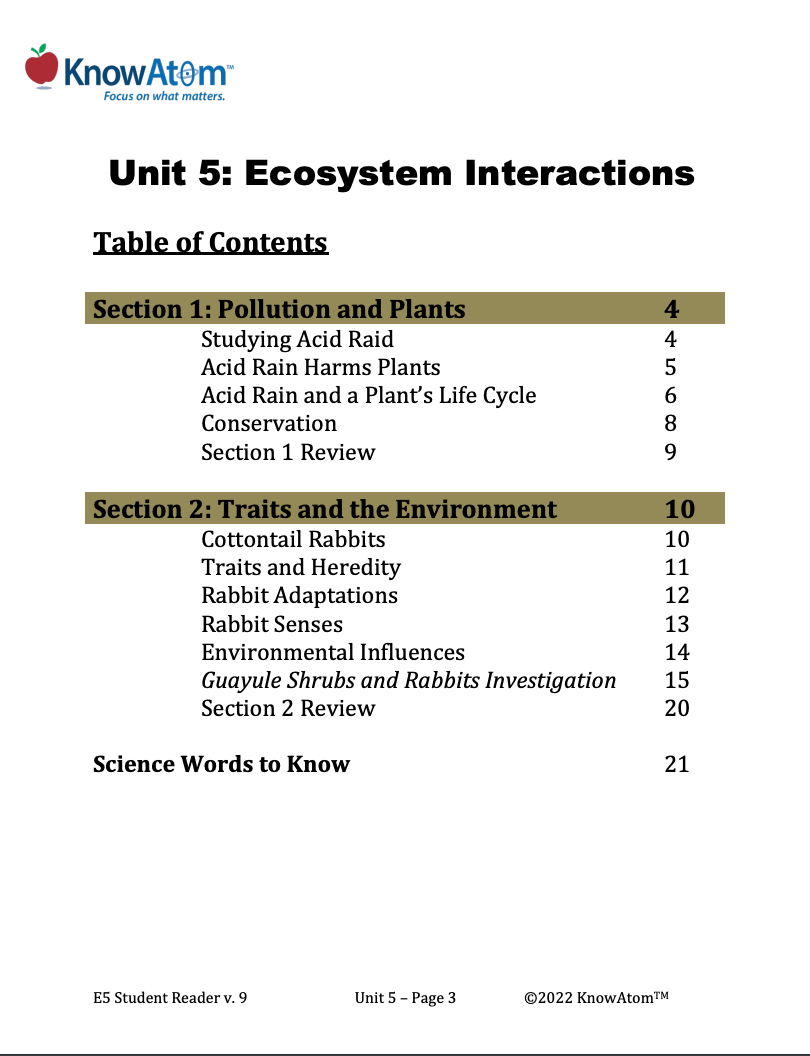
In this unit, students evaluate the science phenomena of how a change to an ecosystem can impact the living things that make it up. In this lesson, students explore how a change to the kind of plants in an environment results in a ripple effect phenomena on predation in the area. This page is a high-level extract of this lesson.
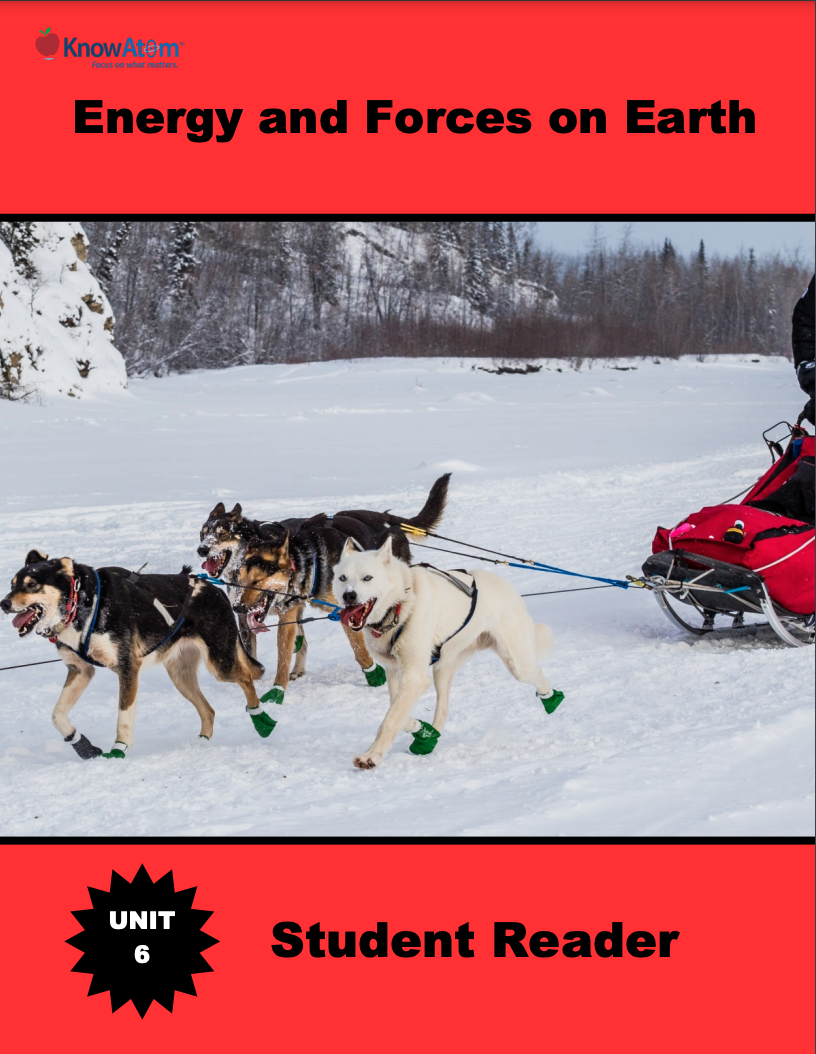
In this unit, students expand their understanding of the need for energy among living things to include non living energy systems. They build sleds to figure out how the phenomena of friction transfers energy out of systems. This page highlights components of this lesson.
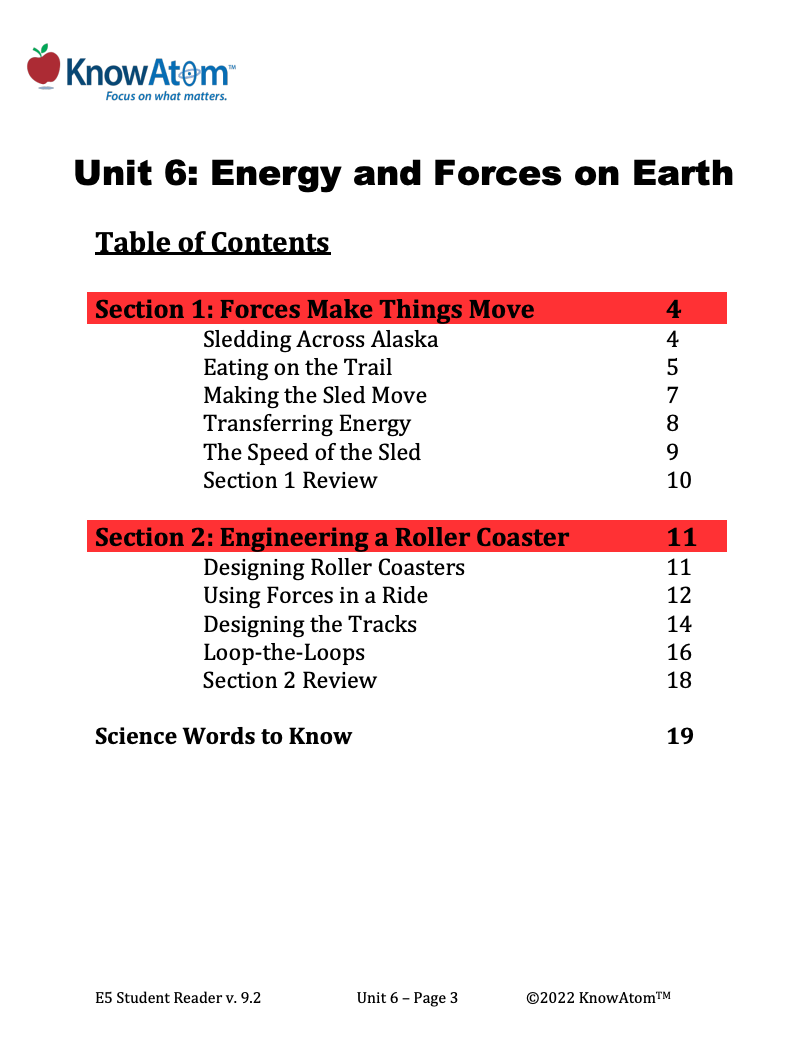
In this unit, students use sleds and roller coasters to explore the relationship between energy, forces, and motion. In this lesson, students apply what they know about energy and forces to engineer a roller coaster. This page is a high-level extract of this lesson.
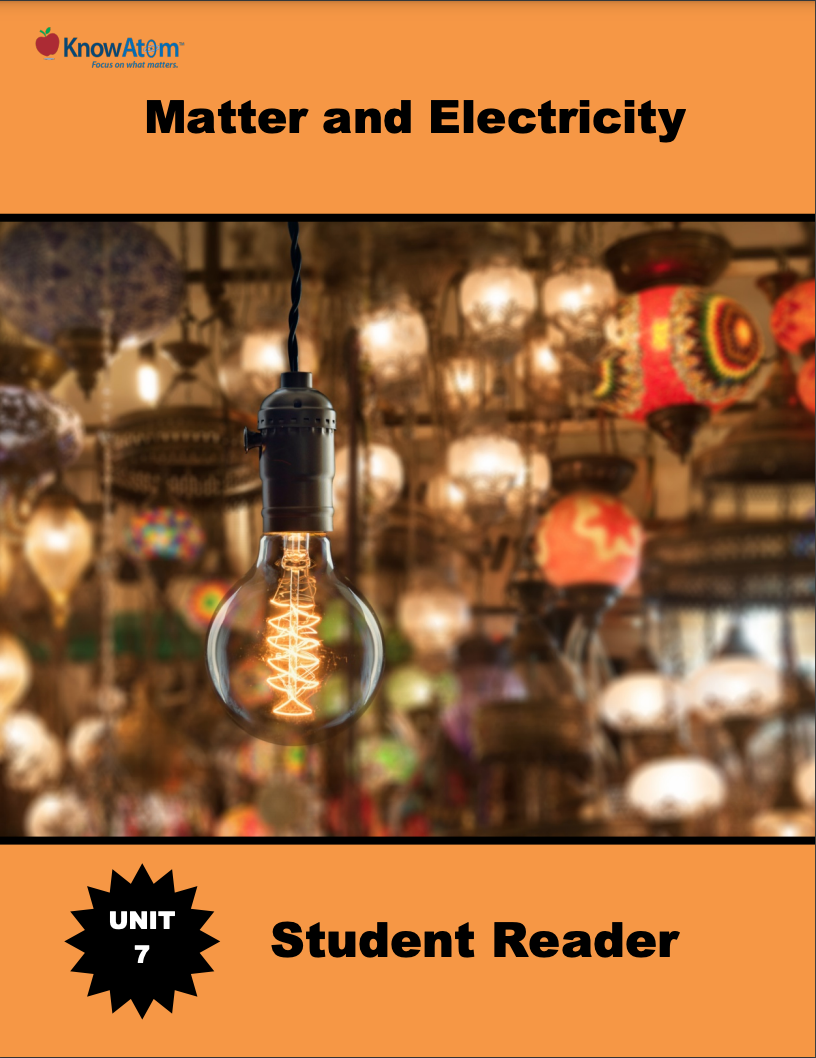
In this unit, students continue to explore forces and energy, focusing on the science phenomenon of how electrical energy can be transferred from one place to another to do work. In this lesson, students build series and parallel circuits, measuring the amount of current that moves through each circuit with one and two light bulbs. This page highlights some components of that lesson.
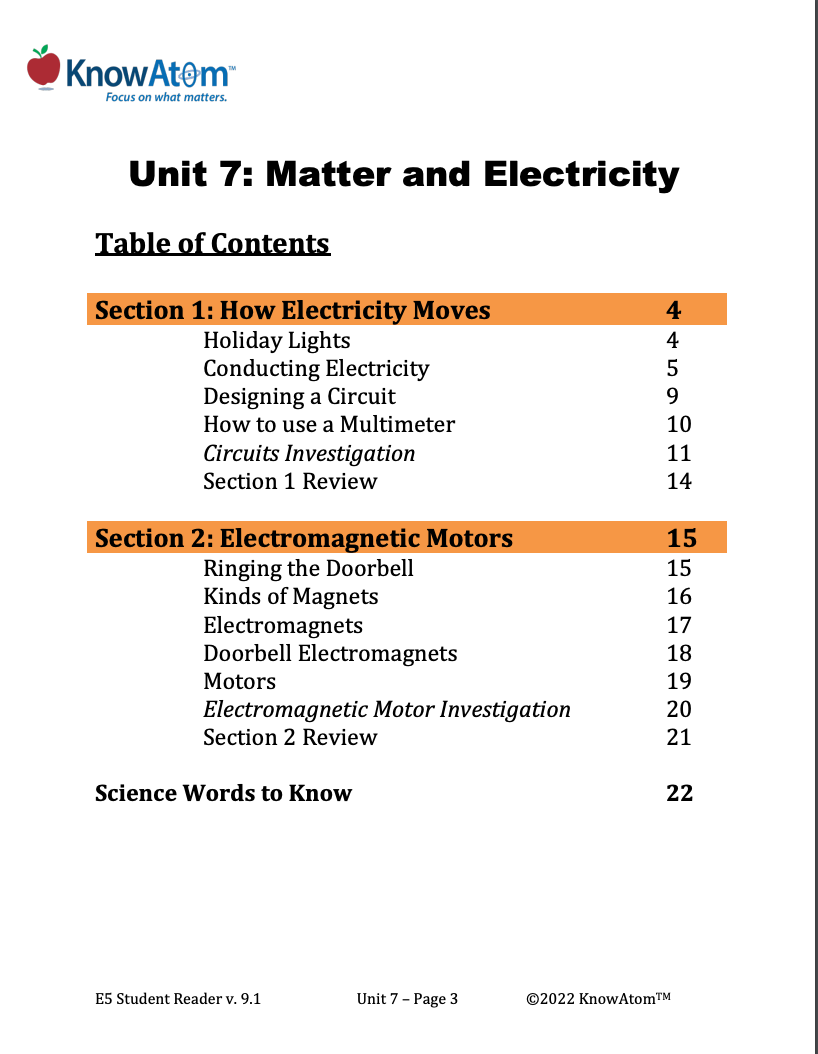
In this unit, students explore the science phenomenon of electric currents and electrical energy. In this lesson, students figure out energy transfers, electricity, and circuits in the context of an electromagnetic motor system. This page showcases each key section of this lesson.
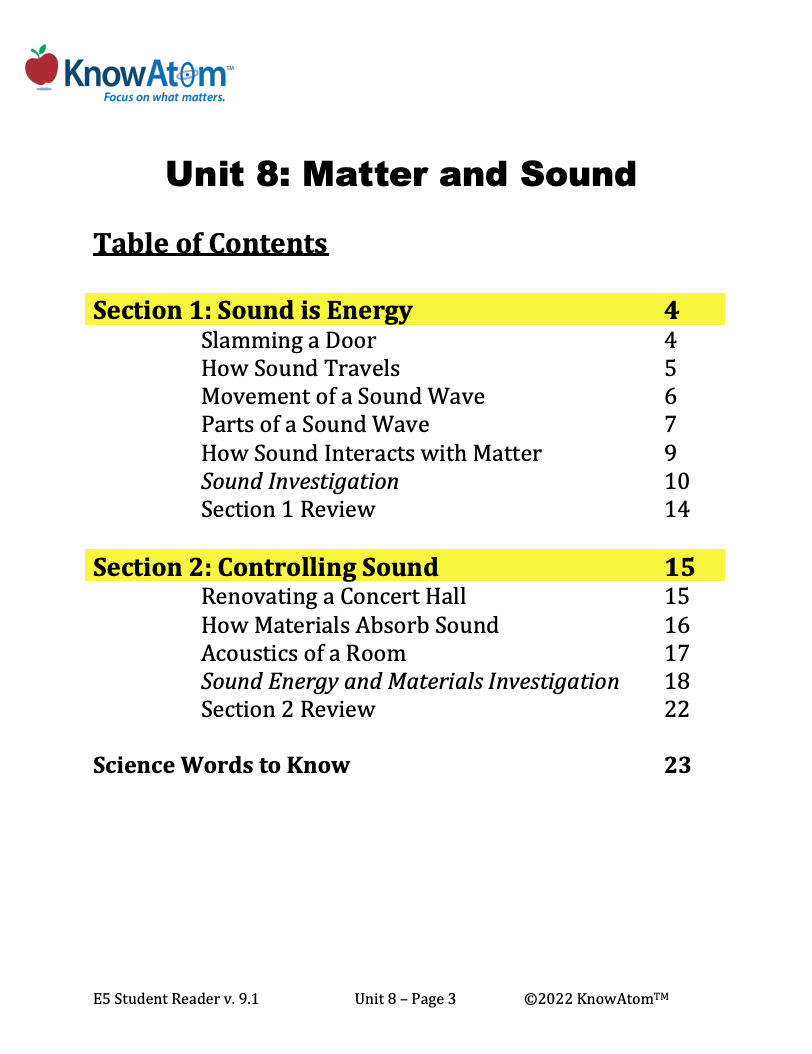
In this unit, students build on their exploration of how energy and matter interact with a focus on science phenomena related to sound. In this lesson, students investigate how some materials absorb sound while others reflect it. This page is a high-level extract of this lesson.
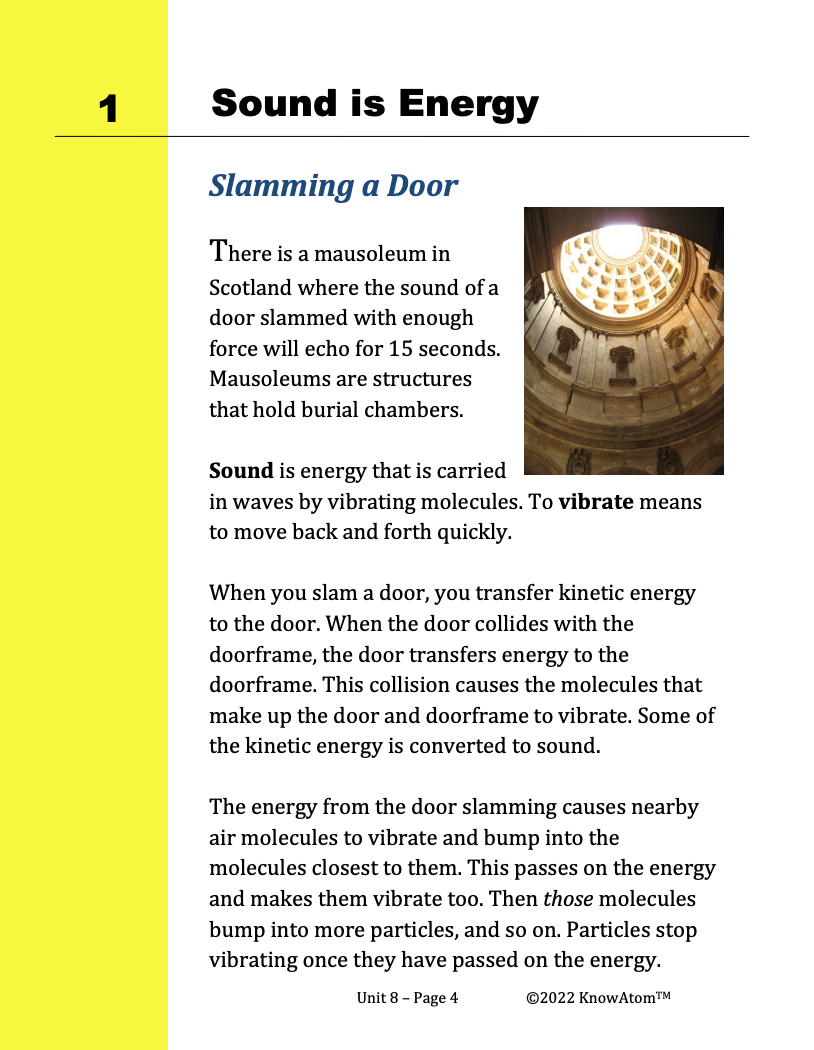
In this unit, students focus on how sound energy is transferred from one place to another in waves. In this engineering lesson, students apply what they have learned about sound energy to design a sound absorbing wall. This page highlights each component of this lesson.
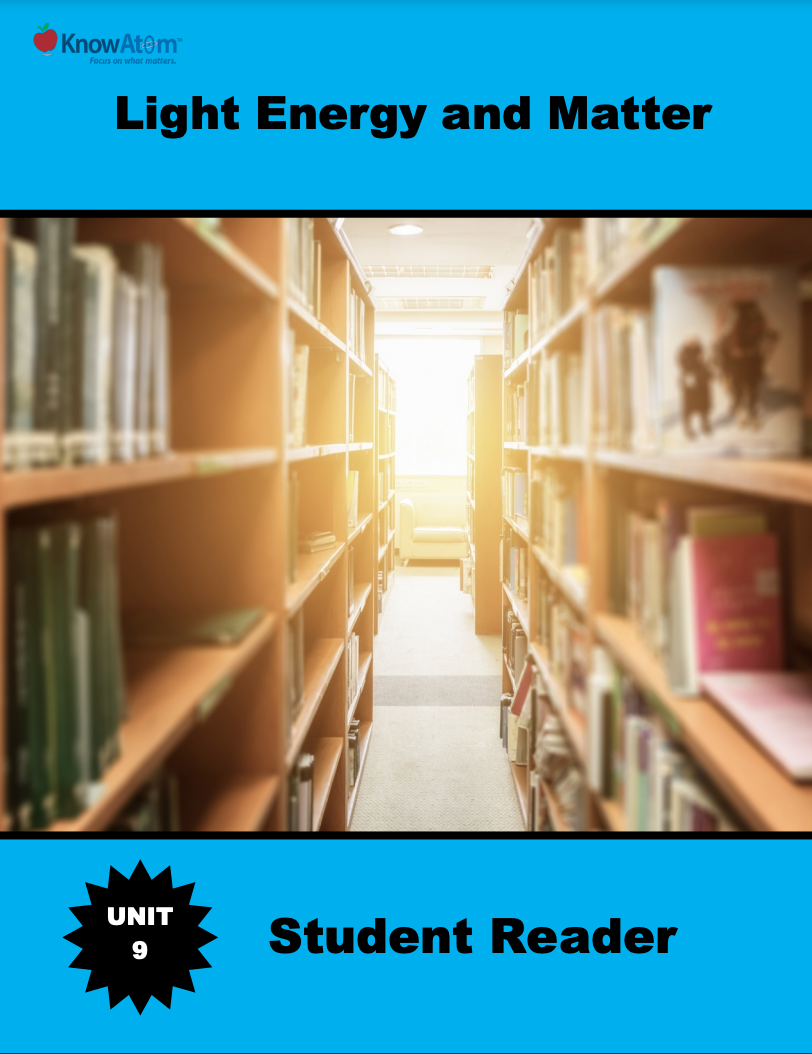
In this unit, students focus on light energy, investigating the science phenomena of how light moves when it interacts with different kinds of matter. Students use scientific knowledge about light to engineer a device that uses mirrors to redirect light. This page is a high-level extract of this lesson.
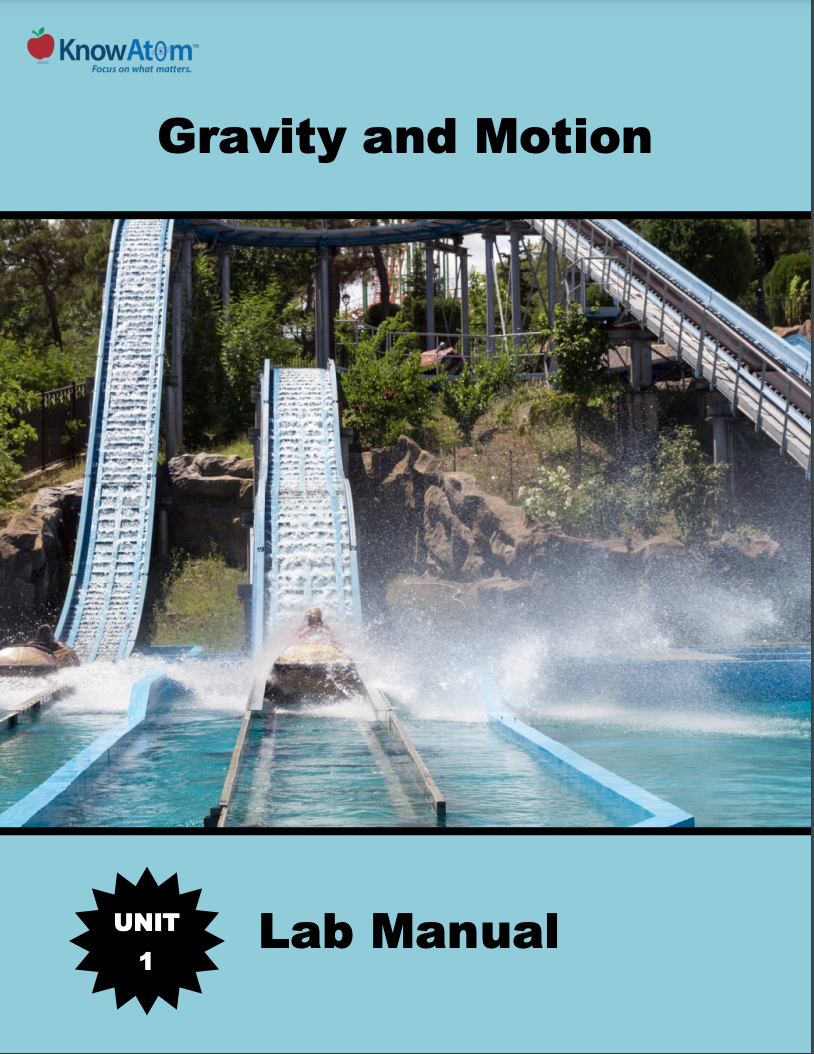
In 6th grade, students become scientists and engineers as they investigate the answers to different questions and use their scientific knowledge to solve problems. In this unit, students focus on the relationship between gravity and motion, tracing how gravitational potential energy transforms to kinetic energy in different energy systems. Before exploring these phenomena, students are introduced to the scientific process as they set up their laboratory notebooks. This page provides a snapshot of this lesson.
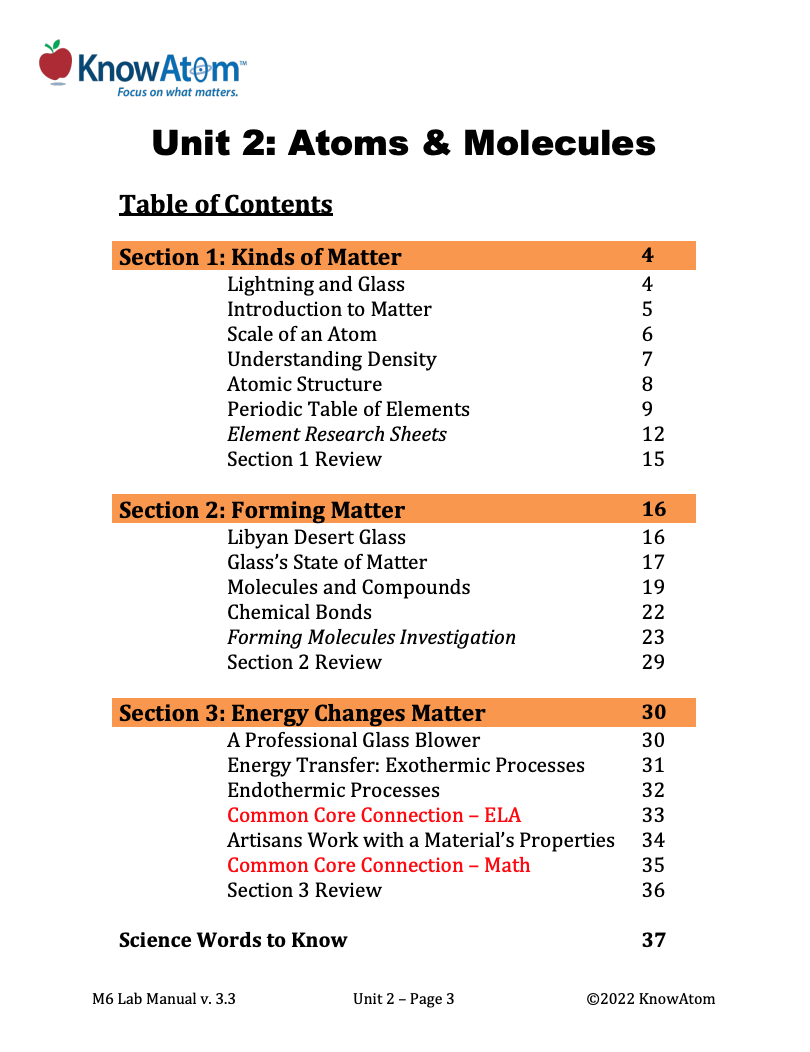
In this unit, students explore the science phenomena of interactions between energy and matter, analyzing how matter can only change when enough energy is present. In this lesson, they investigate the structure of molecules, relating this structure to the matter’s properties. This page is a high-level extract of this lesson.
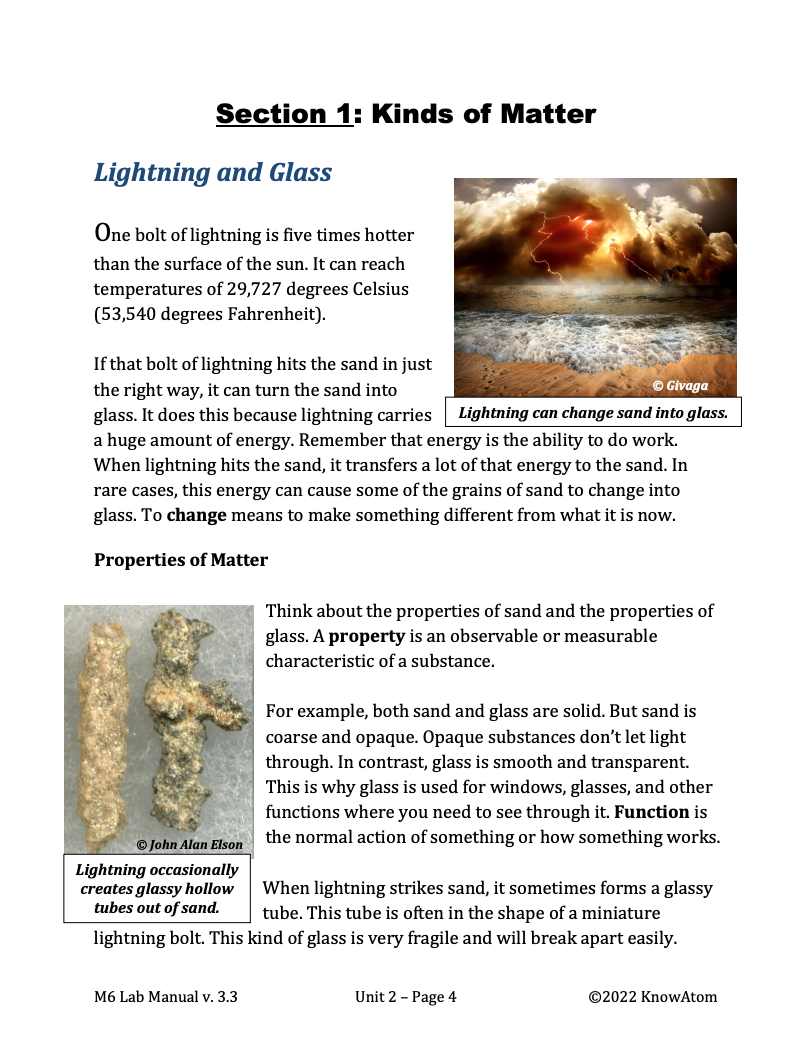
In this unit, students build on their knowledge of energy by exploring the relationship between energy and matter. In this lesson students conduct an investigation into the science phenomenon of how energy is transferred in an endothermic reaction. This page provides an overview of this lesson.
Standards citation: NGSS Lead States. 2013. Next Generation Science Standards: For States, By States. Washington, DC: The National Academies Press. Neither WestEd nor the lead states and partners that developed the Next Generation Science Standards were involved in the production of this product, and do not endorse it.
